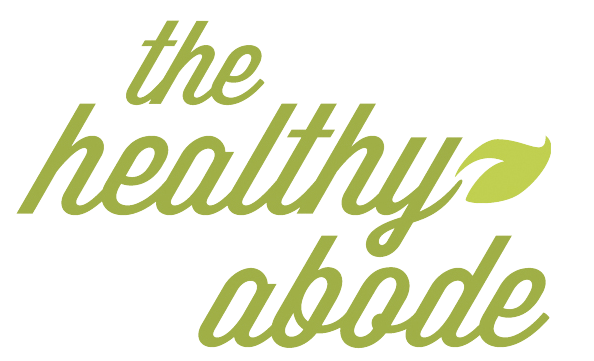Designated Substance Survey
Designated Substance Survey in Toronto
At The Healthy Abode Inc. we perform Designated Substance Surveys (DSS) / Designated Substance Reports (DSR). A DSS Report is a Hazardous Material Assessment of your home / office / property that is required by the MOL prior to any demolition / renovation. Clients include builders, general contractors, demolition contractors, designers, engineers, architects, government, health care, schools / daycares, homeowners, property managers and any other person or group who may require such a service in compliance with Ontario Regulation 490/09. We are fully insured and WSIB compliant. Our reports are certified, insured and compliant to industry standards.
We are able to get you your completed DSS report / DSR report in as little as 2 business days. Contact us for an estimate, 416-901-7527.
Our Services
What Can You Expect?
Initial Meeting over Phone
When you contact The Healthy Abode Inc. regarding a designated substance survey, we will knowledgeably answer your questions and provide you with a detailed account of our services, if requested.
Visual Inspection
A Designated Substance Survey is required by the Ontario Ministry of Labour (MOL) for residential and commercial construction. A visual inspection of the property is performed in order to establish what materials will need to be sampled.
Pre-Inspection Report
Before beginning the visual inspection we ask some important questions about your home. Questions would likely include the age of your home and any information regarding any previous renovations (this is considered the pre-inspection report.)
Professional Sampling
The Healthy Abode Inc. is qualified to perform any type of necessary sampling in your home. This includes the following sampling techniques air, surface/bulk and dust sampling. For these procedures, we only perform the necessary sampling and we only use professional equipment. For a designated substance survey we would be looking for and performing asbestos testing and lead testing; typically for these samples we use a bulk sampling method. All asbestos sampling is performed in accordance with Ontario Regulation 278/05.
Sampling sent to a Certified Third Party Laboratory
We submit our sample(s) to a third party laboratory. The turnaround time for the lab is 1-4 business days for samples. All of our samples for the designated substance survey are properly labeled and submitted with a Chain of Custody form, which allows us to trace possession of the sample from the point of collection to receipt by the laboratory. This maintains the integrity of your samples.
Verbal Explanation of the Reports
All reports will be emailed.
It is very important to us that you feel comfortable in your understanding of your designated substance survey report. As such, we will discuss with you the results and attempt to explain them in a manner that satisfies your understanding. At this point we will answer any questions you may have including providing recommendations.
Please note that all laboratory results are confidential, they belong to you and we do not discuss them with any other party, unless you've requested that we do so.
Written Report of the Results
The laboratory provides a detailed written report of the analysis of the samples taken. It will identify the exact quantity of lead (PPM) and asbestos (%, type) is in the sample (if any), which is required information for the designated substance survey.
In addition to the laboratory report, The Healthy Abode Inc. provides you with our designated substance survey report. This report is an inclusive 25+ page report written for the purpose of being submitted to your General Contractor, Trades, Ministry of Labour (MOL) Inspector and Electrical Safety Authority Inspector.
We're here if you have more questions.
In 2009 the Ontario government created Ontario Regulation 490/09 Designated Substances. The Healthy Abode Inc. performs Designated Substance Surveys and Reports for Residential and Commercial Construction/Demolition sites, in accordance with O. Reg 490/09
More About This Service
Contact Us
Business Hours
Monday
Tuesday
Wednesday
Thursday
Friday
Saturday
Sunday
8:00am-5:00pm
8:00am-5:00pm
8:00am-5:00pm
8:00am-5:00pm
8:00am-5:00pm
9:00am-1:30pm
Closed

